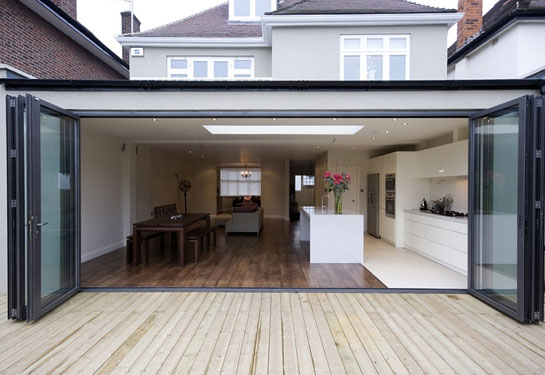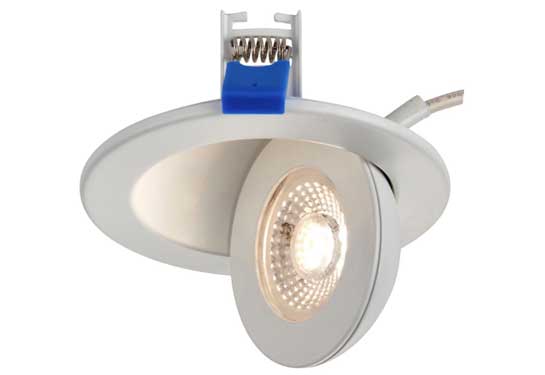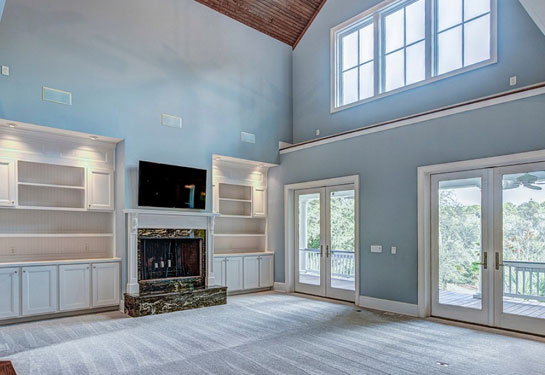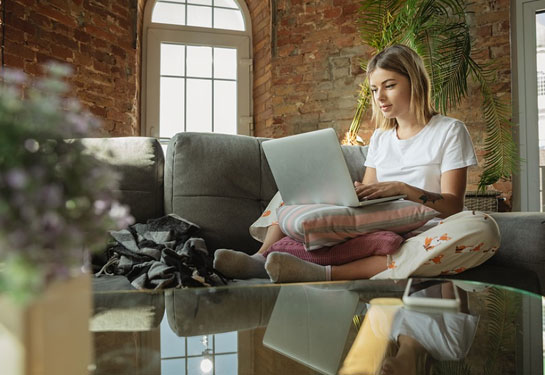Best Practices for Lighting your Home Office

Even before the coronavirus lockdown, there was an increase in the number of people working remotely, and now home offices are more common than ever. Whether you work from home and your home office is your primary workspace, or you simply use it for taking care of household tasks, it’s important to ensure it is lit properly.
There’s more to lighting than just providing illumination. You want to create an atmosphere that makes you comfortable, or perhaps if you cannot work near to a window and natural light you need extra lighting for light therapy. When done properly, office lighting can help:
• Keep you awake and alert
• Reduce eye strain
• Boost productivity levels
• Invigorate and inspire you
Improve your home office lighting with these tips:
Light in Layers
To properly illuminate your work-from-home office, you need to light it in layers. To begin with, take note of what light is available to you, including natural light and existing light fittings, how the light is distributed, what areas need more illumination, and the light levels in the spaces where you will be working, writing, and reading.
Types of Lighting
To get the light-layering done right, you will need to include and combine these three types of lighting:
1. Ambient Lighting
This is the lighting you use to enter a room and be able to walk around in it safely. Generally, ambient lighting is provided by ceiling and wall fixtures. This is your base layer on which to build.
But when it comes to a home office, the ambient light must provide an even level of illumination. This means you can then start to add other types of lighting without creating dramatic shadows and lighting problems that can lead to eye strain and fatigue.
2. Task Lighting
You need to b able to see the tasks your performing, whether that’s reading, writing, or computer work, so you’ll need a good quality desk lamp. Task lighting will provide a bright, focussed light to allow you to see the details of what you’re doing without straining your eyes. This type of lighting needs to be used at your desk, by reading chairs, or any areas that you may like to sit down and work.
Top tip: Placing a task lamp or other light source behind your computer screen can help offset the brightness from the screen and reduce eye strain.
3. Accent Lighting
Accent lighting is more for aesthetics and decoration, as it can help highlight architectural details, or perhaps illuminate any awards, certificates, diplomas or artwork you’d like to display in your home office.
A Well-lit Workspace
It can take a little time to correctly work out the lighting for your home office, and what works best for you, as everybody’s preferences and needs are different. Don’t get discouraged if it needs to be reworked, it’s easy enough to add or remove lamps, or change bulbs to find a warmer or cooler colour temperature that serves you better.
If you need a lighting design service for your home office, or anywhere else in the home, get in touch today!









